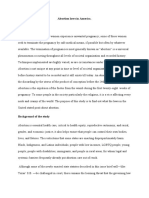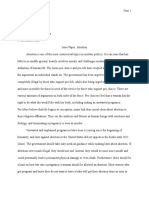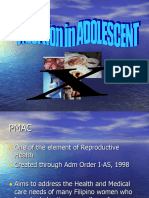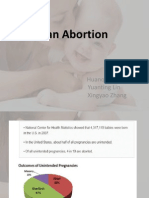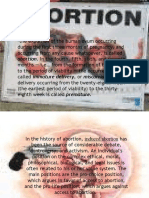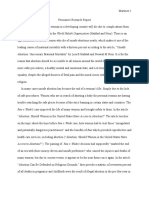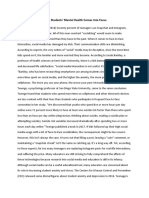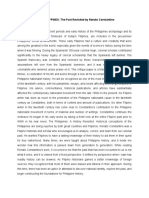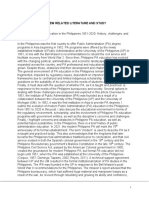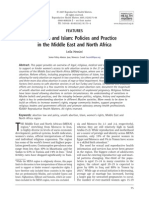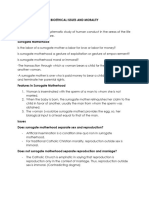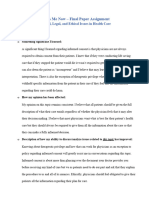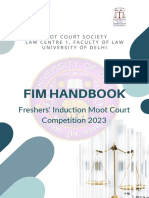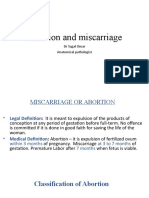0% found this document useful (0 votes)
93 views20 pagesBlended Learning
This document discusses approaches to reducing abortions in the United States. It argues that making abortion illegal will not eliminate it and will lead to unsafe procedures that endanger women's lives. The best strategy is to make abortion less necessary by reducing unintended pregnancies through comprehensive sex education and access to contraception. For women who do become unexpectedly pregnant, supporting them with resources like healthcare, childcare, housing assistance, and education can help enable them to carry the pregnancy to term. Simply limiting access to abortion through regulations will disproportionately impact young, rural, and low-income women and will not effectively address the root causes of unintended pregnancy.
Uploaded by
Christian VillaCopyright
© © All Rights Reserved
We take content rights seriously. If you suspect this is your content, claim it here.
Available Formats
Download as DOCX, PDF, TXT or read online on Scribd
0% found this document useful (0 votes)
93 views20 pagesBlended Learning
This document discusses approaches to reducing abortions in the United States. It argues that making abortion illegal will not eliminate it and will lead to unsafe procedures that endanger women's lives. The best strategy is to make abortion less necessary by reducing unintended pregnancies through comprehensive sex education and access to contraception. For women who do become unexpectedly pregnant, supporting them with resources like healthcare, childcare, housing assistance, and education can help enable them to carry the pregnancy to term. Simply limiting access to abortion through regulations will disproportionately impact young, rural, and low-income women and will not effectively address the root causes of unintended pregnancy.
Uploaded by
Christian VillaCopyright
© © All Rights Reserved
We take content rights seriously. If you suspect this is your content, claim it here.
Available Formats
Download as DOCX, PDF, TXT or read online on Scribd
/ 20
